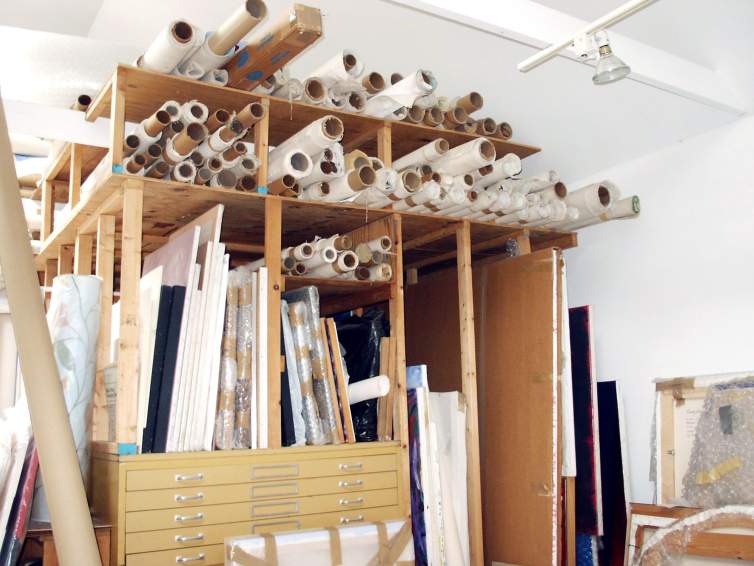Estate Planning Questions for the Visual Artist
We've created a free worksheet that encourages artists to consider their legacy ...

“A preservation plan provides structure, accountability, and a shareable guide for the future care and maintenance of your body of work. By documenting the current condition and future care of your oeuvre, you are creating an organized, replicable information resource,” writes LaStarsha McGarity, Director and Conservator of the Legacy Museum at Tuskegee University. McGarity contributed a chapter on preservation planning for the Foundation’s recent publication, Career Documentation for the Visual Artist: A Legacy Planning Workbook & Resource Guide.
As McGarity explains, your preservation plan can be used to apply for grants and to provide documentation of the professional management of the collection, as well as help collectors, future caretakers, and borrowers understand the collection’s specific needs. A preservation plan also records the environmental conditions of storage areas.

Your preservation plan should include artworks and associated materials, such as concept drawings, images, a bibliography, digital records, and other related ephemera. The process of creating your plan should include surveying the environments where the work will be produced, displayed, and stored, whenever possible. This will allow you to set benchmarks and goals for risk management, based on the following risk factors:
Light Levels, Both Visible and Invisible
Dust and Pollutants
Fluctuating Temperature and Relative Humidity (RH)
Accidents
Insects and Pests
Emergencies
These considerations are all detailed in the workbook in Chapter 9, Drafting a Preservation Plan. Worksheets to help you draft your plan, including identifying and minimizing risks, are available in the book and as downloads below.